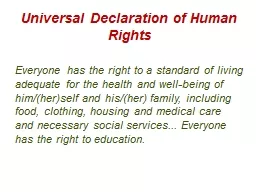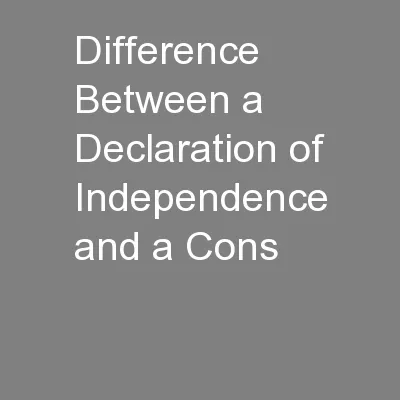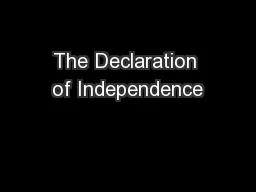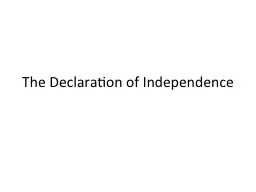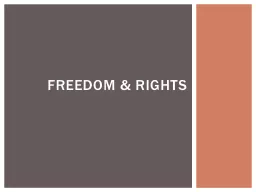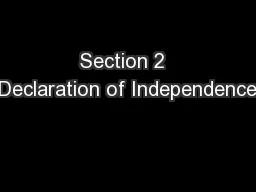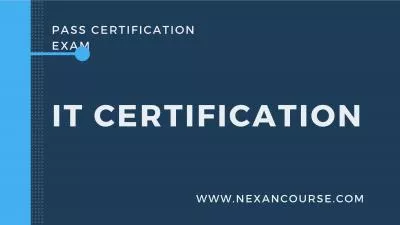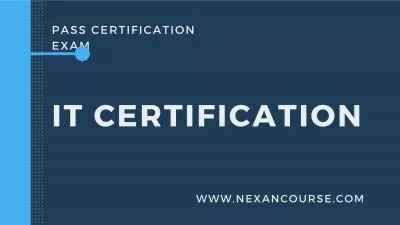PPT-Universal Declaration of Human Rights
Author : olivia-moreira | Published Date : 2016-07-02
Everyone has the right to a standard of living adequate for the health and wellbeing of himherself and hisher family including food clothing housing and medical
Presentation Embed Code
Download Presentation
Download Presentation The PPT/PDF document "Universal Declaration of Human Rights" is the property of its rightful owner. Permission is granted to download and print the materials on this website for personal, non-commercial use only, and to display it on your personal computer provided you do not modify the materials and that you retain all copyright notices contained in the materials. By downloading content from our website, you accept the terms of this agreement.
Universal Declaration of Human Rights: Transcript
Download Rules Of Document
"Universal Declaration of Human Rights"The content belongs to its owner. You may download and print it for personal use, without modification, and keep all copyright notices. By downloading, you agree to these terms.
Related Documents

